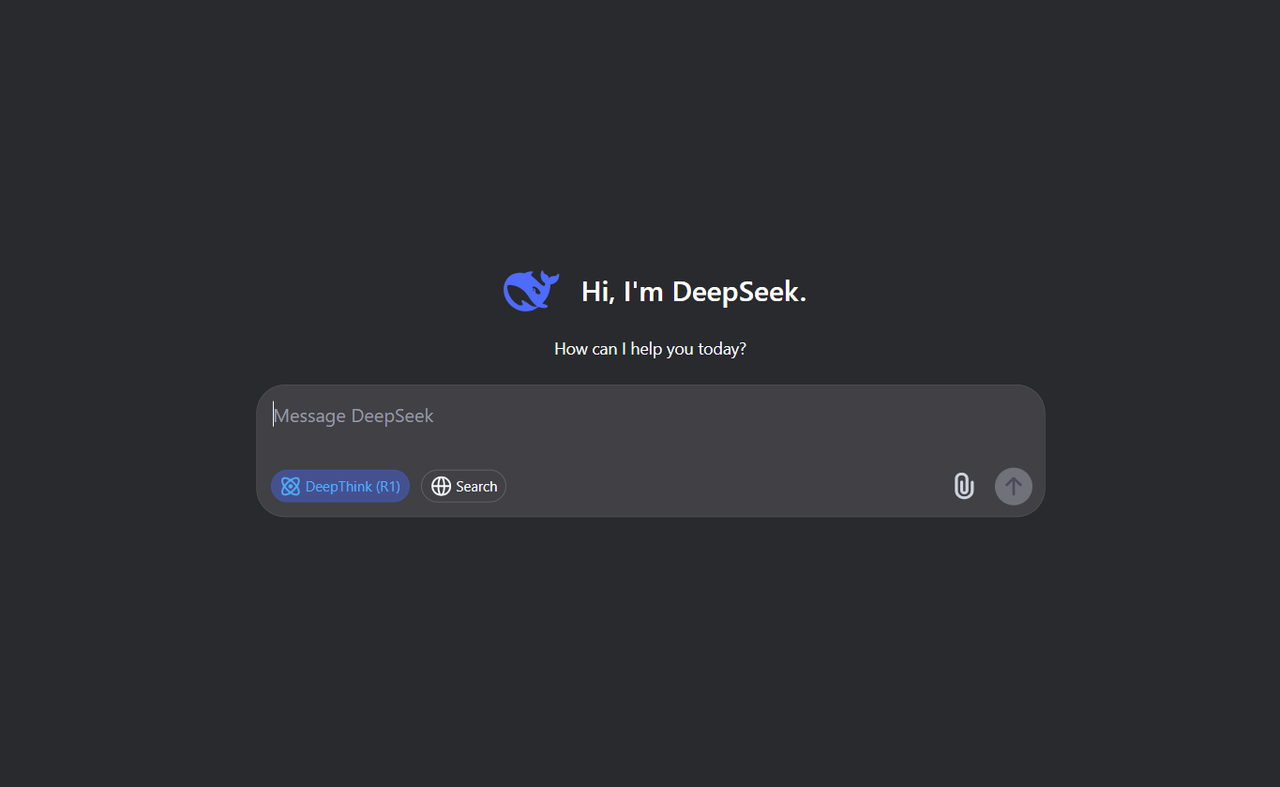The recent discussions around DeepSeek R1 and its supposed impact on OpenAI, NVIDIA, or Meta have sparked intense debates in the AI community. Some have gone as far as to claim that DeepSeek R1 could shake the foundations of these giants, while others have dismissed it as an underwhelming competitor. The reality, as always, is more nuanced.
A Model Worth Recognizing
DeepSeek R1 is neither a threat that will bankrupt major AI companies nor a model that deserves to be written off. Instead, it stands as a remarkable achievement—a model built on a comparatively limited budget, leveraging innovative strategies to optimize AI training in environments with less compute and fewer resources.
This is something we, in India, call the Jugaad mentality—a clever, resourceful approach to solving problems with efficiency. The ingenuity behind DeepSeek R1 is precisely what makes it exciting. It may not outperform the most cutting-edge proprietary models today, but its efficiency-first approach could inspire improvements in AI training methodologies across the board.

Innovation Through Constraints
One of the most impressive aspects of DeepSeek R1 is its ability to deliver strong performance despite the limitations in resources. AI development has largely been dominated by entities with access to massive compute power, expensive hardware, and extensive data pipelines. Yet, DeepSeek R1 demonstrates that with smart optimizations and well-thought-out architecture, substantial progress can still be made without relying on brute-force scaling.
Efficiency in AI training is an area that deserves more attention. While large models from OpenAI, Meta, and Google have pushed boundaries in terms of raw power, they are often constrained by high computational costs and energy consumption. DeepSeek R1’s approach introduces methodologies that could lead to more sustainable AI development, which is crucial as AI adoption grows worldwide.
Open-Source Progress Is a Win for Everyone
The rise of models like DeepSeek R1 is a net positive for the AI landscape. More competition in the space fosters innovation, drives companies to push their research further, and ultimately benefits consumers and developers alike. The ability to self-host AI models on local machines is another major advantage, empowering users with greater control over their AI applications.
Historically, open-source AI has played a crucial role in democratizing technology. When Hugging Face made transformer models more accessible, it paved the way for researchers, startups, and individual developers to experiment without prohibitive costs. DeepSeek R1 follows this tradition, giving more people access to a capable AI model without the need for expensive API subscriptions or cloud-based solutions.
Will OpenAI, NVIDIA, or Meta Be Affected?
It’s easy to sensationalize the arrival of a new AI model as a potential disruptor to the industry giants, but the reality is more balanced. OpenAI, NVIDIA, and Meta have vast resources, top-tier researchers, and an immense data advantage. While DeepSeek R1 presents a fresh perspective on model training, it doesn’t pose an existential threat to these companies.
However, what it does do is provide a valuable lesson in efficiency. Big tech companies are always looking for ways to optimize their AI models, reduce training costs, and improve inference times. DeepSeek R1’s innovations could inspire mainstream AI research to adopt more compute-efficient techniques, leading to better models across the board.
The Takeaway
DeepSeek R1 is an impressive feat of engineering and a testament to what can be achieved with strategic optimizations in AI training. It’s neither a game-changer that spells doom for incumbents nor an irrelevant model that should be disregarded. Instead, it represents an important step forward for open-source AI, encouraging diversity and innovation in the field.
At the end of the day, having more choices in AI models, more accessible tools, and more efficient training methodologies is a win for everyone involved. The AI revolution isn’t about one model versus another—it’s about making AI better for all.
As more players enter the AI space with innovative approaches, we should celebrate these advancements rather than pit them against each other in artificial rivalries. The future of AI is not about monopolies or singular dominance; it’s about collaboration, adaptation, and progress toward a smarter, more inclusive technological landscape.